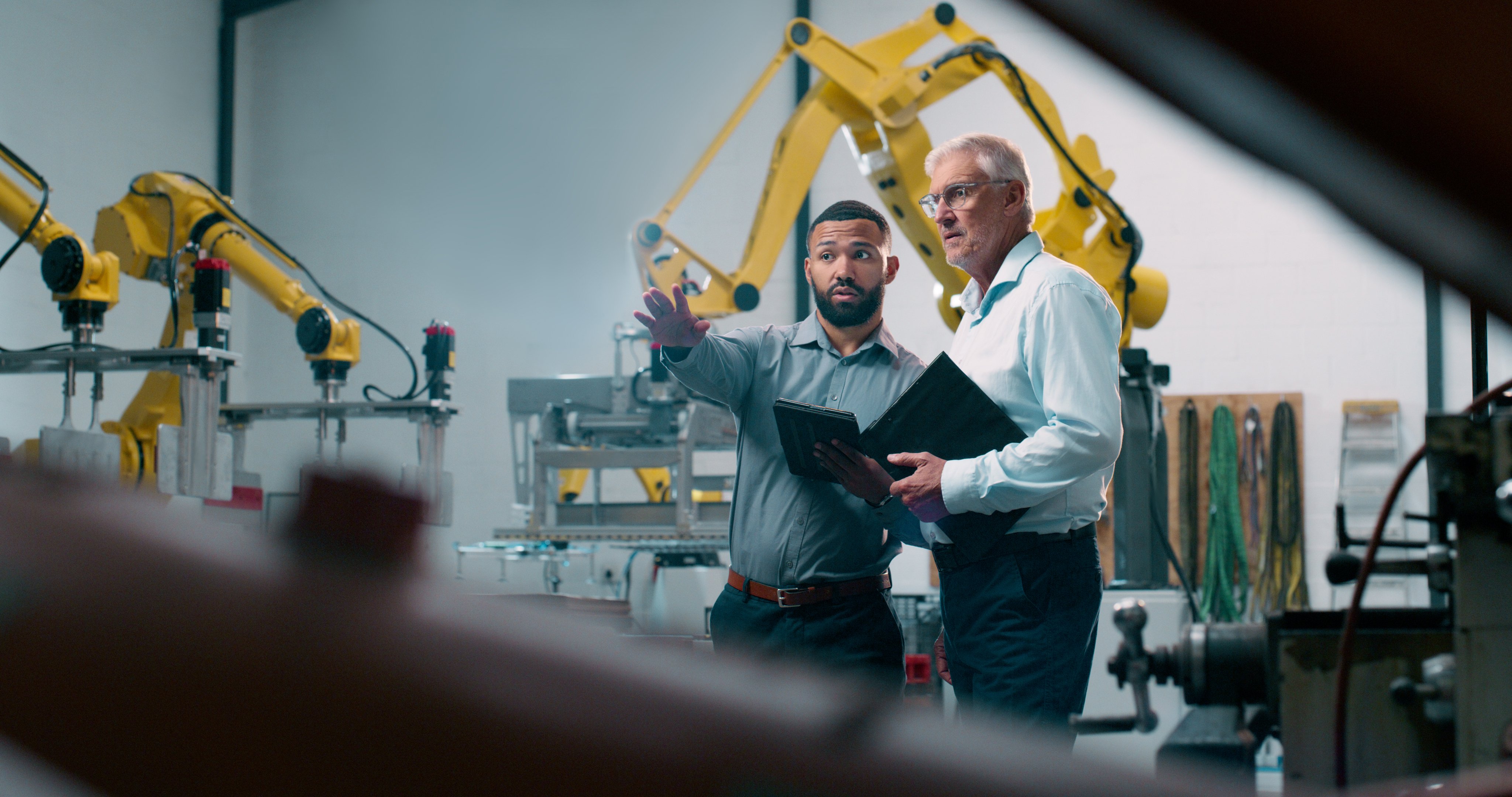What Is Cellular Bonding? Key Insights for Live Broadcasting & Beyond

- December 2025 (2)
- November 2025 (2)
- October 2025 (3)
- September 2025 (3)
- August 2025 (3)
- July 2025 (2)
- June 2025 (3)
- May 2025 (3)
- April 2025 (3)
- March 2025 (2)
- February 2025 (1)
- December 2024 (2)
- November 2024 (1)
- August 2024 (2)
- June 2024 (3)
- May 2024 (3)
- April 2024 (1)
- March 2024 (3)
- February 2024 (2)
- January 2024 (2)
- December 2023 (1)
- November 2023 (2)
- October 2023 (2)
- September 2023 (1)
- August 2023 (1)
- July 2023 (2)
- June 2023 (3)
- May 2023 (2)
- March 2023 (4)
- January 2023 (2)
- November 2022 (2)
- September 2022 (1)
- August 2022 (2)
- July 2022 (2)
- June 2022 (1)
- May 2022 (1)
- April 2022 (3)
- March 2022 (1)
- February 2022 (3)
- January 2022 (2)
- December 2021 (1)
- November 2021 (1)
- October 2021 (2)
- September 2021 (3)
- August 2021 (1)
- July 2021 (3)
- May 2021 (2)
- April 2021 (2)
- March 2021 (2)
- February 2021 (3)
- January 2021 (3)
- December 2020 (1)
- October 2020 (1)
- August 2020 (1)
- August 2019 (1)
- January 2019 (2)
- September 2018 (5)
- June 2018 (1)
- November 2017 (1)
- September 2017 (1)
- July 2017 (1)
- May 2017 (1)
- January 2017 (1)
- October 2016 (2)
- August 2016 (1)
- July 2016 (1)
- June 2016 (1)
Subscribe by email
Live broadcasting and video streaming require substantial data bandwidth to ensure high-quality, uninterrupted streaming experiences. Relying on a single SIM in the router can be a gamble. During a live event, buffering, poor video quality, or a dropped connection during a critical moment aren't just minor hiccups–they're potential deal-breakers.
Single SIMs often fail to meet the necessary speed and reliability standards for broadcasting. Cellular bonding using a multi-SIM router addresses this issue by leveraging multiple SIMs from the same or different carriers to create a stronger connection. This approach amplifies the bandwidth for streaming and introduces network redundancy.
At Zipit Wireless, we provide the SIMs and connectivity solutions integral to cellular bonding. In the following sections, we'll explore the technical aspects of cellular bonding, its advantages for live broadcasting and video streaming, and how Zipit can support your connectivity needs.
What is cellular bonding?
Cellular bonding is a method of aggregating multiple cellular connections, often across different carriers or technologies, into a single, seamless network. By pooling bandwidth and managing data traffic, it ensures uninterrupted connectivity even in challenging environments.
Singleingle-carrier solutions can fall short in environments with weak signal strength or network congestion. Cellular bonding addresses these shortcomings by creating a more reliable connection with enhanced bandwidth, failover protection, and load balancing.
Applications for cellular bonding
Cellular bonding has become a vital solution in industries where connectivity and reliability are mission-critical.
-
Live event broadcasting: Cellular bonding ensures uninterrupted streaming for live events, providing the bandwidth and reliability needed by news teams covering breaking stories or sports crews streaming matches in real time.
-
Video production and streaming: For remote video shoots or live streams, cellular bonding eliminates connectivity challenges, enabling documentary crews in the wilderness or music festival streams to deliver smooth, uninterrupted broadcasts.
-
Emergency services: In disaster-stricken areas with limited infrastructure, cellular bonding enables real-time communication between emergency vehicles and command centers or supports rescue teams with reliable connectivity.
-
Transportation and fleet management: Cellular bonding maintains stable connections for news vans transmitting live footage on the move and logistics fleets requiring real-time tracking and route optimization.
-
Remote and rural connectivity: In areas without reliable wired networks, cellular bonding provides a portable, high-performance solution, allowing healthcare providers to conduct telemedicine sessions in underserved regions or support temporary connectivity for remote events.
How does cellular bonding work?
Cellular bonding combines multiple cellular connections from two or more SIM cards into a single, stronger connection by aggregating bandwidth, enabling seamless failover, and distributing data intelligently across networks. This ensures higher data throughput, improved reliability, and uninterrupted performance, especially in demanding applications like live broadcasting or streaming.
Let’s take a closer look at how cellular bonding works.
Bandwidth aggregation
Bandwidth aggregation forms the backbone of cellular bonding. By pooling the capacity of multiple cellular networks, it creates a faster, more reliable connection. This is especially critical in data-intensive scenarios, such as live event broadcasting, where substantial bandwidth is needed to maintain high-quality streams.
The modem’s software splits data into smaller packets and distributes them across all active connections, leveraging the unique bandwidth and coverage of each network. After transmission, the packets are seamlessly recombined, ensuring data integrity and continuous flow. This process optimizes transfer speeds and guarantees the reliability needed for real-time applications.
Always-active connections
All SIM cards in a bonded system remain continuously active, ensuring a constant data flow. This always-on approach prevents disruptions by compensating for issues with one connection using others. For live streaming, where even a brief interruption can ruin viewer experiences, always-active connections deliver smooth, uninterrupted performance.
Automatic network switching
Cellular bonding systems monitor connection performance in real time. When one network experiences congestion or weak signal strength, data is automatically rerouted to stronger connections. This seamless failover capability ensures stable connectivity, even in fluctuating network conditions.
Load balancing
To maximize efficiency, cellular bonding dynamically distributes data traffic across connections, reducing latency and avoiding bottlenecks. If one connection slows, the system shifts more traffic to stronger networks, maintaining overall performance and reliability. This intelligent load balancing ensures that data-intensive tasks, like high-definition streaming, are handled smoothly.
Multiple connections for redundancy
By combining multiple networks, bonded modems provide faster and more reliable connections than a single SIM can offer. Traffic is automatically rerouted to active connections if one network drops or experiences a slowdown. This redundancy guarantees uninterrupted service, even if one network fails.
Advantages of cellular bonding for broadcasting
The value of cellular bonding lies in its ability to deliver reliability, speed, and resilience—all critical for broadcasting live events or producing on-the-go content.
- Faster transfer speeds: By aggregating the bandwidth of multiple cellular networks, cellular bonding significantly increases overall data transfer speed. This is especially beneficial for bandwidth-intensive applications like live video streaming or large data uploads and downloads.
- Real-time responsiveness: Low latency is crucial in broadcasting. Cellular bonding’s load-balancing capabilities reduce delays, ensuring that live streams and other time-sensitive applications perform without interruptions or quality degradation.
- Resilient connectivity: Broadcasting often takes place in less-than-ideal environments, such as crowded stadiums, remote outdoor locations, or areas with poor infrastructure. Cellular bonding ensures a stable connection by using multiple networks, reducing the risk of failure.
- Redundancy: With cellular bonding, the failure of one connection doesn't lead to total loss of internet access. The system continuously monitors each connection's performance and automatically reroutes data to the remaining networks if one network fails.
- Portability and flexibility: Cellular bonding operates independently of fixed-line connections. This mobility makes it exceptionally suitable for on-site news reporting or outdoor events. It ensures continuous, reliable connectivity even in environments where traditional fixed internet access is not feasible.
Using single vs. multiple carriers in a bonded modem
SIMs from multiple carriers
Using SIMs from different carriers offers significant benefits in terms of redundancy and reliability:
- Redundancy during outages: If one carrier experiences downtime, such as unexpected outages or maintenance, the other networks can seamlessly take over, maintaining connectivity and ensuring the broadcast continues uninterrupted.
- Mitigating congestion: Different carriers have unique peak usage times and congestion patterns. By distributing traffic across multiple carriers, you can reduce the risk of network saturation, resulting in a more consistent and reliable streaming experience.
- Improved coverage: In areas where one carrier has weak signal strength, another may have stronger coverage. This ensures a more robust connection in diverse geographic locations.
SIMS from a single carrier
Multiple SIMs from a single carrier can be advantageous. For bandwidth and network compatibility.
- Enhanced bandwidth aggregation: Combining multiple SIMs from the same carrier allows for higher data speeds by pooling bandwidth. For example, if each SIM provides 10 Mbps, using three SIMs together can increase total bandwidth to 30 Mbps, improving data transmission speed for high-quality video streams or large data uploads.
- Consistent network infrastructure: Using a single carrier ensures that all SIMs are fully compatible with the network’s technologies and infrastructure. This compatibility reduces potential issues, such as latency or dropped packets, leading to a more stable and efficient connection.
Cellular bonding vs. failover Internet
Cellular bonding
Cellular bonding enhances the reliability and stability of a single internet connection by actively combining multiple cellular networks. All connections work simultaneously, pooling their bandwidth to create a stronger, more resilient link. If one network experiences issues, such as downtime or congestion, the others compensate instantly to maintain continuous connectivity. This ensures minimal disruption and enhanced throughput, making cellular bonding ideal for applications like live broadcasting, video streaming, and mobile operations.
Failover internet
Failover internet, on the other hand, operates as a fail-safe solution. It involves a secondary connection—such as switching from a wired connection to a wireless link—that remains inactive under normal conditions. The backup connection activates only when the primary connection fails entirely. While this provides a safety net in case of outages, it does not offer the enhanced throughput or continuous load-sharing capabilities of cellular bonding.
Key differences
- Redundancy: Cellular bonding provides active redundancy with multiple connections working in tandem, while backup internet only engages when the primary connection fails.
- Performance: Cellular bonding boosts overall throughput and stability, whereas backup internet focuses solely on ensuring failover.
- Use Cases: Cellular bonding is best for real-time, high-demand applications that require uninterrupted performance, while backup internet suits situations where occasional outages are acceptable but must be addressed quickly.
By understanding these distinctions, you can choose the most appropriate solution to meet your business’s connectivity needs. Cellular bonding offers superior performance and reliability for mission-critical tasks like live streaming, whereas backup internet is better suited for scenarios where performance enhancements are less critical.
Get connected with Zipit Wireless
If you're considering cellular bonding for your broadcasting or streaming needs, Zipit Wireless can offer you connectivity solutions specific to your unique requirements.
We provide top-tier SIMs from major carriers globally to back your cellular bonding setup reliably. Our choice of diverse carriers can help create a bonded network that’s fast and resilient against network failures, giving you the continuous, uninterrupted service crucial for live broadcasting.
We simplify the management of these connections through an intuitive platform for easy activation and oversight of your devices and data. Zipit’s connectivity platform allows you to manage multiple connections for optimal performance without added complexity. With Zipit Wireless, you gain a partner who understands the nuances of cellular bonding and offers the necessary tools and support to ensure its success.
Connect with a cellular connectivity expert to learn more.
You may also like:
Related Content
The latest IoT insights and platform updates from Zipit.
Many IoT devices operate from fixed locations, quietly driving automation, data co...
As billions of connected devices continue to shape modern life, IoT manufacturers ...
The Internet of Things (IoT) is transforming how businesses operate, compete, and ...



